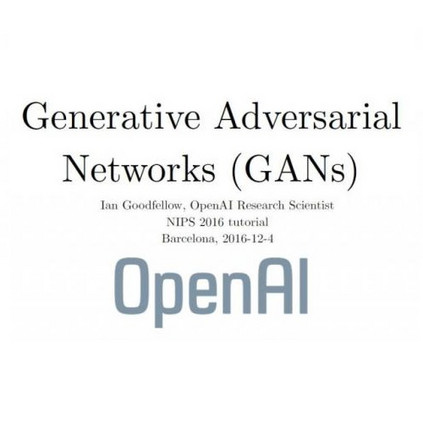Quantum machine learning (QML) has received increasing attention due to its potential to outperform classical machine learning methods in problems pertaining classification and identification tasks. A subclass of QML methods is quantum generative adversarial networks (QGANs) which have been studied as a quantum counterpart of classical GANs widely used in image manipulation and generation tasks. The existing work on QGANs is still limited to small-scale proof-of-concept examples based on images with significant downscaling. Here we integrate classical and quantum techniques to propose a new hybrid quantum-classical GAN framework. We demonstrate its superior learning capabilities by generating $28 \times 28$ pixels grey-scale images without dimensionality reduction or classical pre/post-processing on multiple classes of the standard MNIST and Fashion MNIST datasets, which achieves comparable results to classical frameworks with three orders of magnitude less trainable generator parameters. To gain further insight into the working of our hybrid approach, we systematically explore the impact of its parameter space by varying the number of qubits, the size of image patches, the number of layers in the generator, the shape of the patches and the choice of prior distribution. Our results show that increasing the quantum generator size generally improves the learning capability of the network. The developed framework provides a foundation for future design of QGANs with optimal parameter set tailored for complex image generation tasks.
翻译:量子机器学习(QML)由于有可能在分类和识别任务方面的问题中超越古典机器学习方法,因此受到越来越多的关注。QML方法的一个子类是QML方法的量子变形对抗网络(QGANs),作为在图像操纵和生成任务中广泛使用的古典GANs的量子对应方。关于QGANs的现有工作仍然局限于基于图像的小规模验证概念实例,其范围缩小幅度很大。我们在此整合了传统和量子技术,以提出一个新的混合量子级GAN框架。我们通过在标准MNIST和Fashon MNIST数据集的多类中生成28美元比素像素灰色比例图像(QGANs)来展示其优异的学习能力。 我们的参数空间参数空间通过改变Qbits数量、定制的图像缩放大小、不减少度或经典的预处理前/后处理方式,在标准MNIST和MISC数据集的多类中实现与传统框架的类似结果。我们所开发的系统探索其参数空间的影响,通过改变QQBQQQQQQQropeal 结构结构结构,以显示我们开发的模型结构结构结构结构结构结构结构结构结构结构结构的改进。




